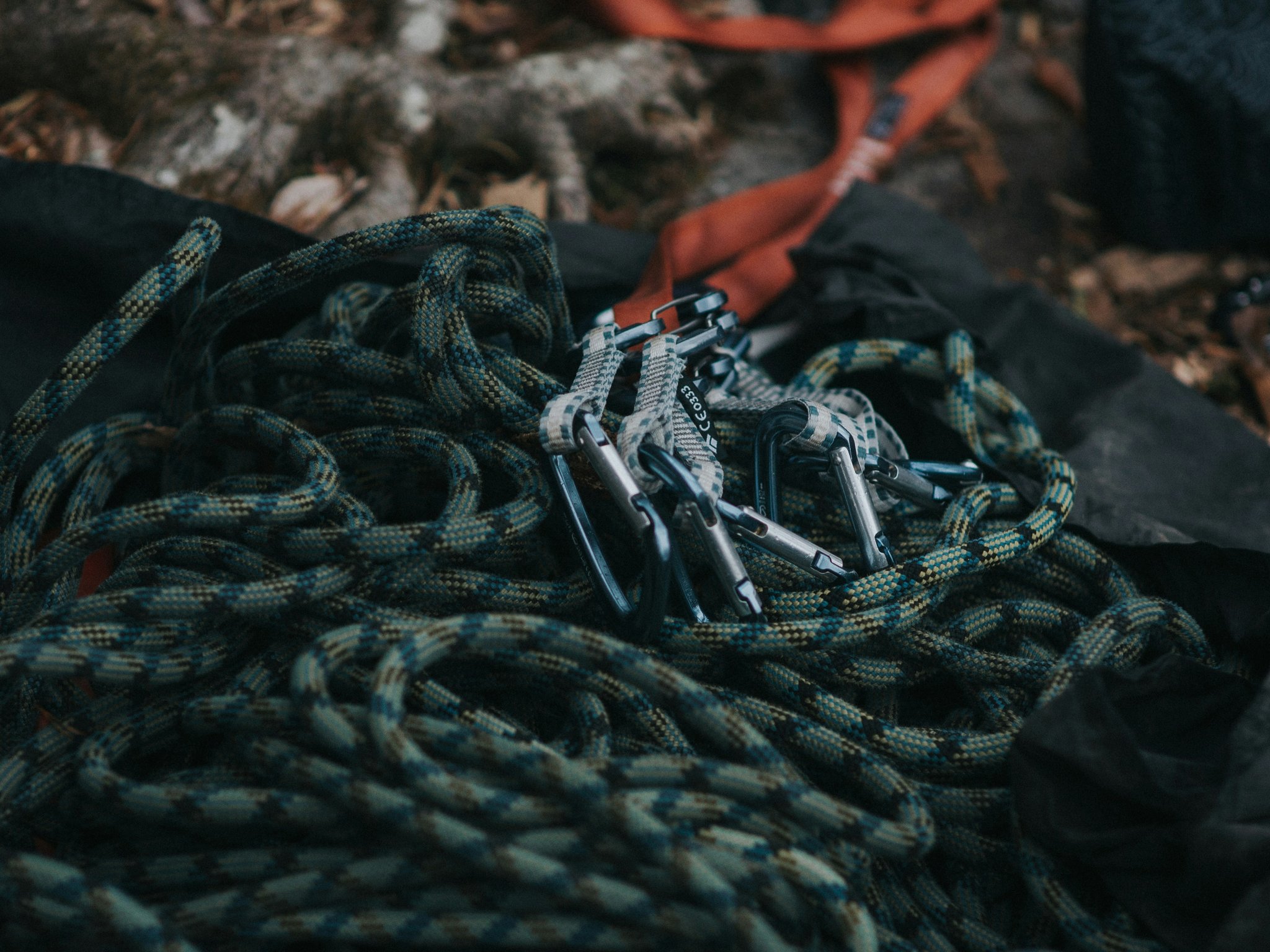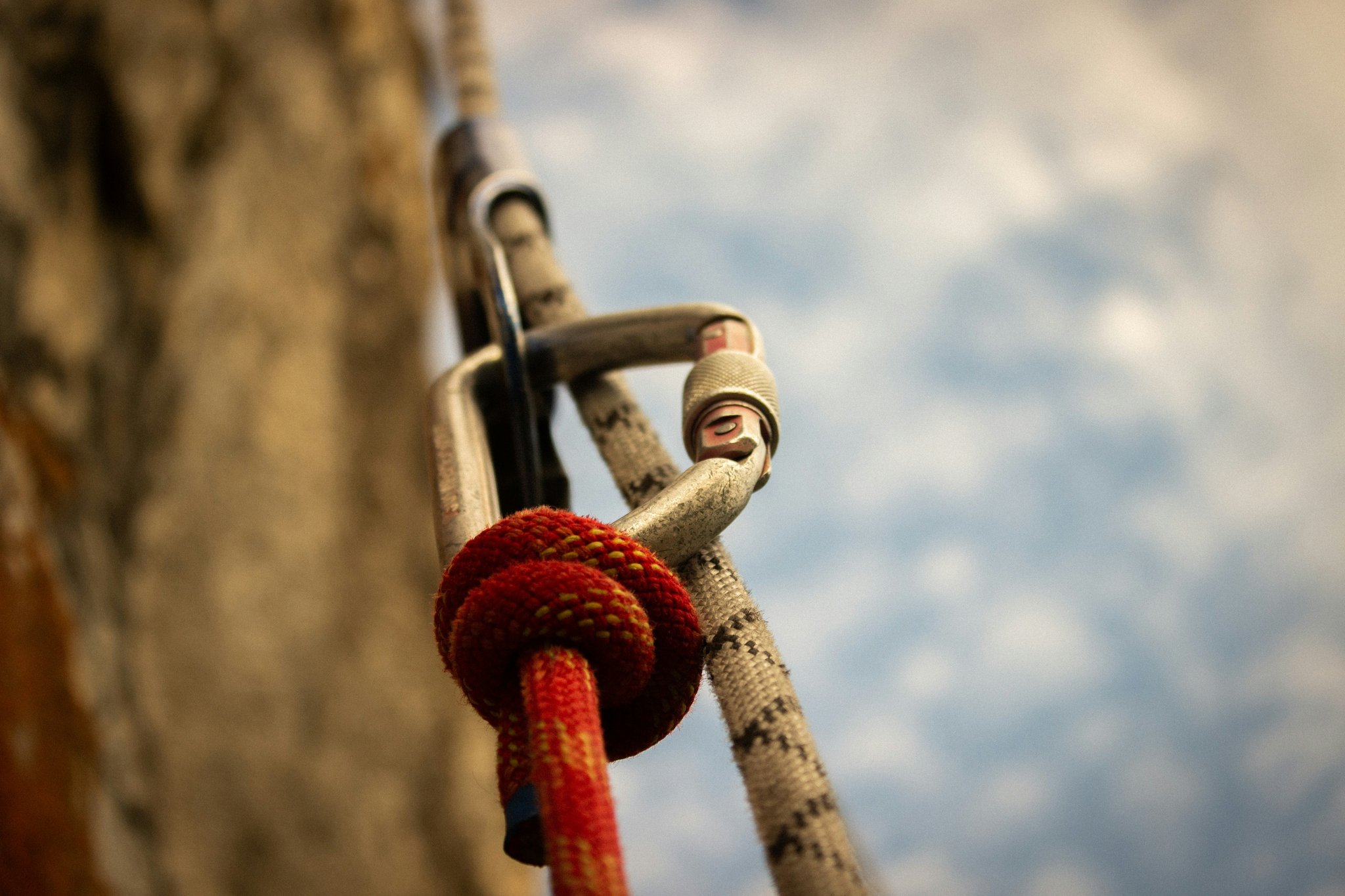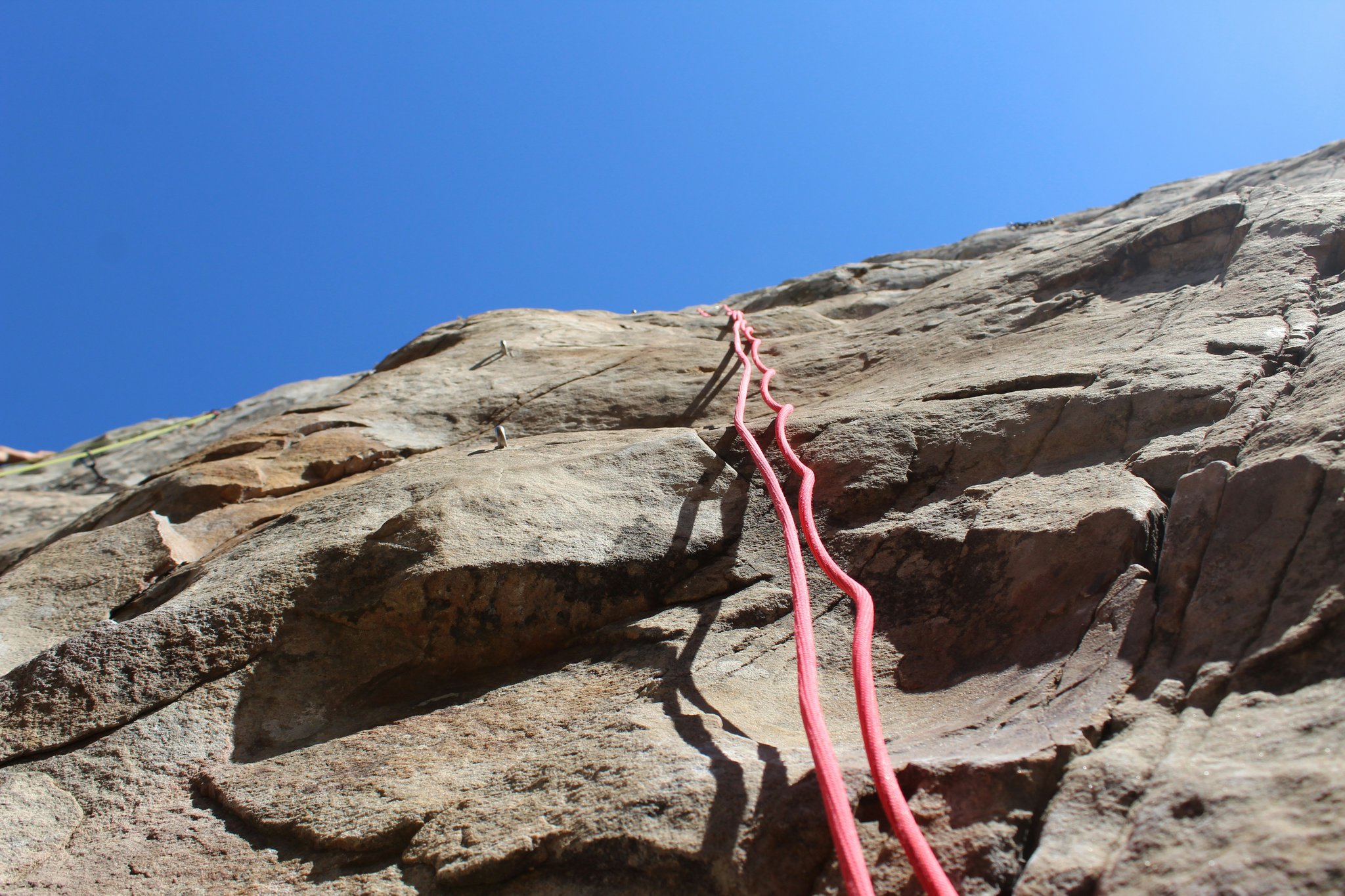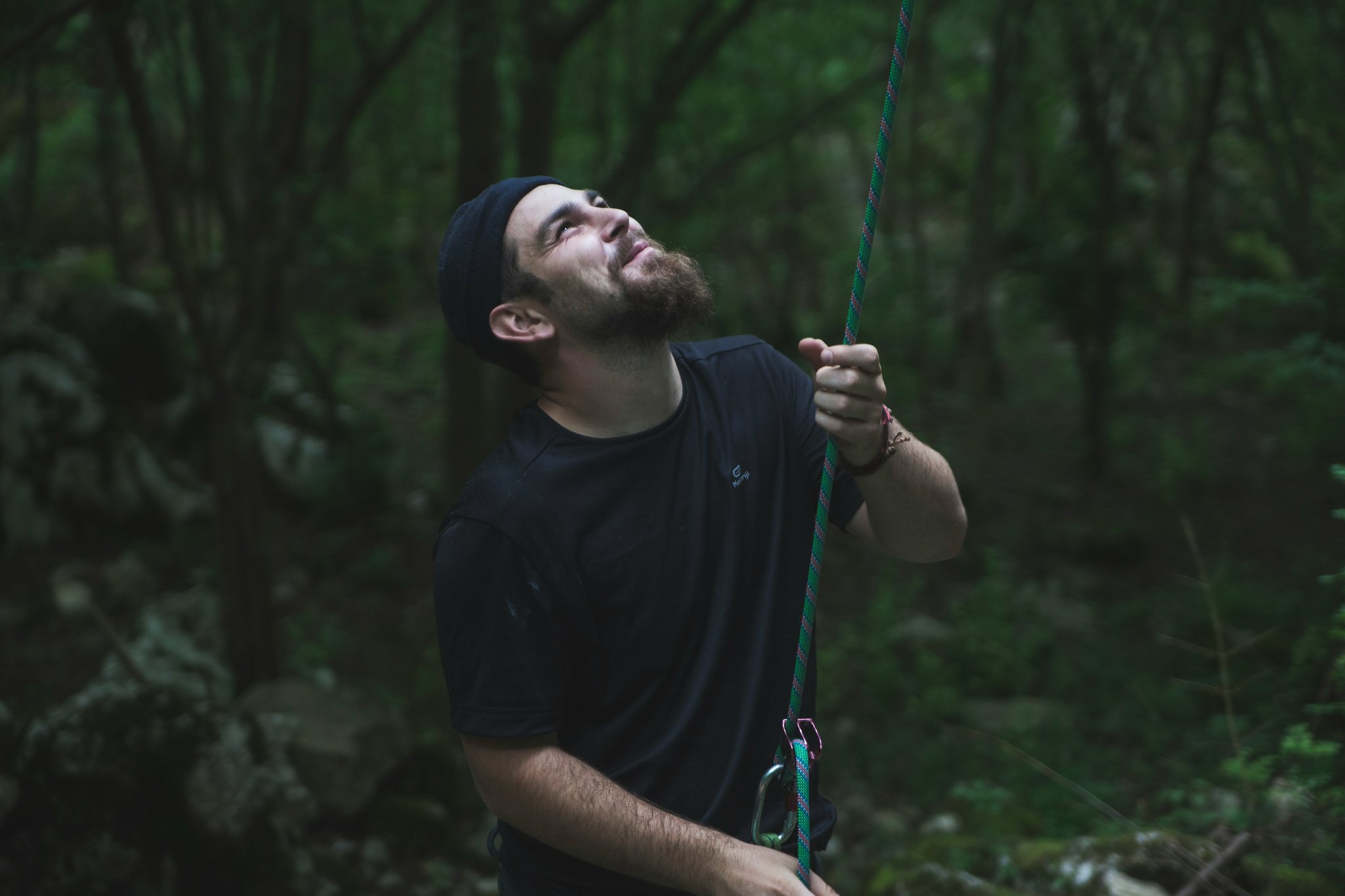
Have you ever reached the top of a climb only to realize you left your climbing protection system at the base? Cue that sinking feeling in your stomach. Yeah, we’ve been there too. Whether you’re scaling cliffs or tackling boulders, having the right climbing protection system isn’t just a “nice-to-have”—it’s your lifeline.
In this guide, you’ll discover why a reliable climbing protection system is crucial for adventurers like you, how to choose and use one effectively, and some pro tips from seasoned climbers who’ve made (and learned from) every mistake in the book. Let’s get vertical!
Table of Contents
- What Is a Climbing Protection System?
- Why Your Life Depends on It
- Choosing the Right Climbing Protection System
- How to Use Your Gear Like a Pro
- Common Mistakes and How to Avoid Them
- Best Practices for Long-Term Care
- Real-World Examples: Successes and Fails
- FAQs About Climbing Protection Systems
- Conclusion
Key Takeaways
- A climbing protection system ensures your safety while ascending challenging routes.
- Components include cams, nuts, slings, quickdraws, carabiners, and helmets.
- Using them incorrectly can lead to catastrophic failures—don’t skip learning proper techniques.
- Maintenance and storage are critical for ensuring longevity and reliability.
What Is a Climbing Protection System?
At its core, a climbing protection system comprises all the gear designed to prevent falls and minimize risks during climbs. Think of it as your personal insurance policy against gravity. These systems typically include:
- Cams: Spring-loaded devices that expand into cracks for secure placement.
- Nuts: Passive metal wedges inserted into constrictions.
- Slings: Loops of webbing used to create anchors or extend placements.
- Quickdraws: Two carabiners connected by a short sling for quick clipping.
- Helmets: Essential for protecting your noggin from falling debris.

Optimist You: “Cool! Now I know what’s in my backpack.”
Grumpy You: “Great—but don’t forget you actually need to learn *how* to use these things, Einstein.”
Why Your Life Depends on It
Let’s talk about stakes. Imagine being mid-climb, arms burning, legs trembling, and suddenly realizing your last piece of protection was placed improperly. That’s not just an “oops”—that’s potentially your life flashing before your eyes.
Rant Alert: Why do so many beginners skimp on investing in quality gear? Sure, cheaper options might save a few bucks now, but when they fail under pressure—or worse, never fit securely in the first place—you’ll wish you’d spent more upfront. Splurge here; thank yourself later.
Choosing the Right Climbing Protection System
So, how do you pick gear without getting overwhelmed? Start with these steps:
- Assess Your Climbing Style: Trad climbers need different tools than sport climbers. Research which ones align best with your goals.
- Stick to Reputable Brands: Black Diamond, Petzl, and DMM have earned their reputations through rigorous testing.
- Consider Weight vs. Durability: Lighter gear feels great until it breaks during pivotal moments.
Pro Tip: Always double-check weight ratings. A terrible tip? Buying random no-name gear online because it looked cool. Yeah, don’t do that.
How to Use Your Gear Like a Pro
You’ve got the gear—now what? Practice makes perfect. Here’s a quick breakdown:
- Placing Cams: Look for parallel-sided cracks where the cam can snugly fit. Test placements by pulling hard before committing fully.
- Installing Nuts: Match the nut size to the constriction. Aim for a solid seat where it won’t wiggle out easily.
- Anchoring Safely: Build bomber anchors using multiple pieces tied together with strong material (e.g., cordelette).
Sounds easy enough—but practice, practice, practice. And trust me, nothing replaces hands-on experience.
Common Mistakes and How to Avoid Them
We could write a whole post on screw-ups alone—here’s a taste:
- Overconfidence: Just because you’ve done five climbs doesn’t mean you’re invincible. Respect each route’s unique challenges.
- Ignoring Wear & Tear: Frayed slings or corroded carabiners? Replace immediately.
- Poor Communication: If roping up with a partner, clarify signals ahead of time to avoid confusion mid-climb.
Best Practices for Long-Term Care
Treat your gear right, and it’ll treat you back. Clean equipment after every outing, inspect regularly for damage, and store in dry conditions away from direct sunlight.
Real-World Examples: Successes and Fails
Case Study #1: Sarah B., a newbie trad climber, neglected her gear checks and ended up with a broken cam halfway up a cliff. Lesson learned? Inspect everything thoroughly before heading out.
Success Story: Mike R., a veteran climber, credits meticulous pre-trip prep (including retying old knots) for safely completing his dream project without incident.

FAQs About Climbing Protection Systems
Do I really need a helmet even if the route looks safe?
Yes. Rocks fall unexpectedly. Helmets save lives.
Can I mix brands when building my climbing protection system?
Absolutely—as long as compatibility between components is ensured.
How often should I replace my climbing rope?
Typically every 2–3 years, depending on usage frequency and exposure to harsh conditions.
Conclusion
Finding joy in adventure comes hand-in-hand with prioritizing safety. From understanding the basics of a climbing protection system to mastering advanced techniques, equipping yourself with knowledge—and reliable gear—is non-negotiable.
Remember: shortcuts may seem tempting, but cutting corners rarely pays off in climbing (or life). So gear up, stay sharp, and embrace the thrill responsibly. Happy climbing!
Summits high, Anchors hold tight, Gravity waits below.


